Chosen theme: Natural Dye Techniques for Home Textiles. Welcome to a warm, hands-on journey into plant-powered color for napkins, runners, pillowcases, and curtains—practical methods, heartfelt stories, and gentle guidance to brighten your home naturally.
Nature’s Palette: Foundations of Natural Dyeing
What Makes a Natural Dye “Natural”?
Natural dyes are colors extracted from plants, minerals, and insects, coaxed into fabric through time and gentle heat. They vary with season and source, creating soulful tones that feel alive in everyday textiles.
Fiber Matters: Cotton, Linen, Wool, and Silk
Protein fibers like wool and silk often absorb color eagerly, while cellulose fibers such as cotton and linen need extra help from tannins and mordants. Matching technique to fiber ensures richer hues and longer-lasting results.
Mordants, Modifiers, and Magic
Alum brightens, iron deepens, and tannins support cellulose fibers. Modifiers like baking soda or vinegar shift pH, nudging tones warmer or cooler. Always label, test small, and note every tweak for repeatable beauty.
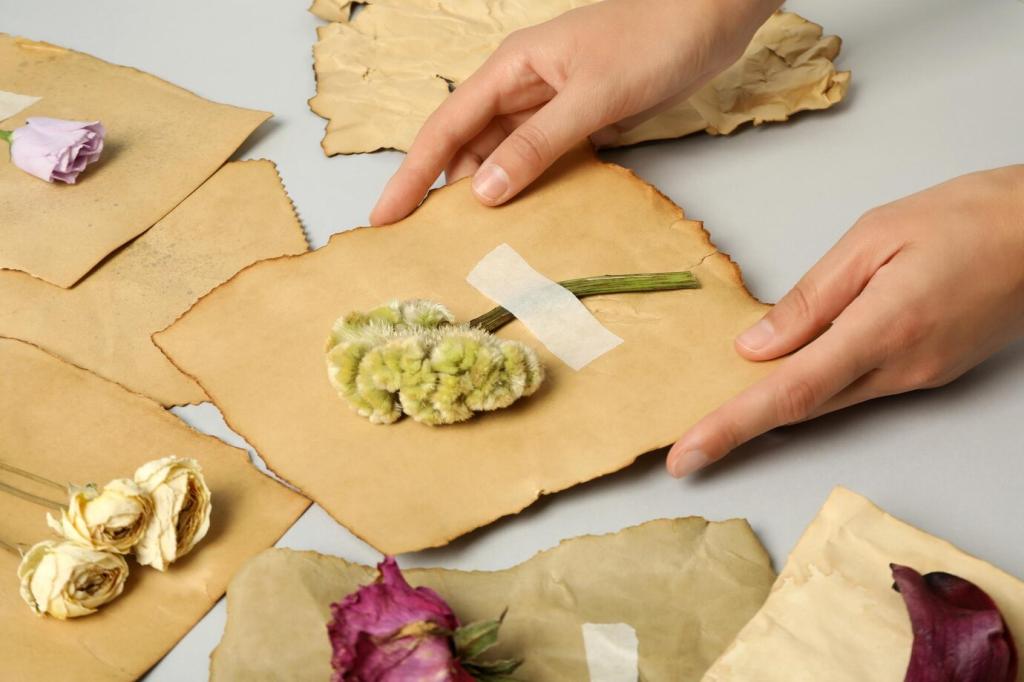
Pantry Classics: Onion Skins, Tea, and Coffee
Collect onion skins in a jar all week, then simmer for golden ambers that flatter table linens. Tea and coffee lend gentle browns, creating understated elegance. Ask readers to share their favorite pantry dye discoveries.
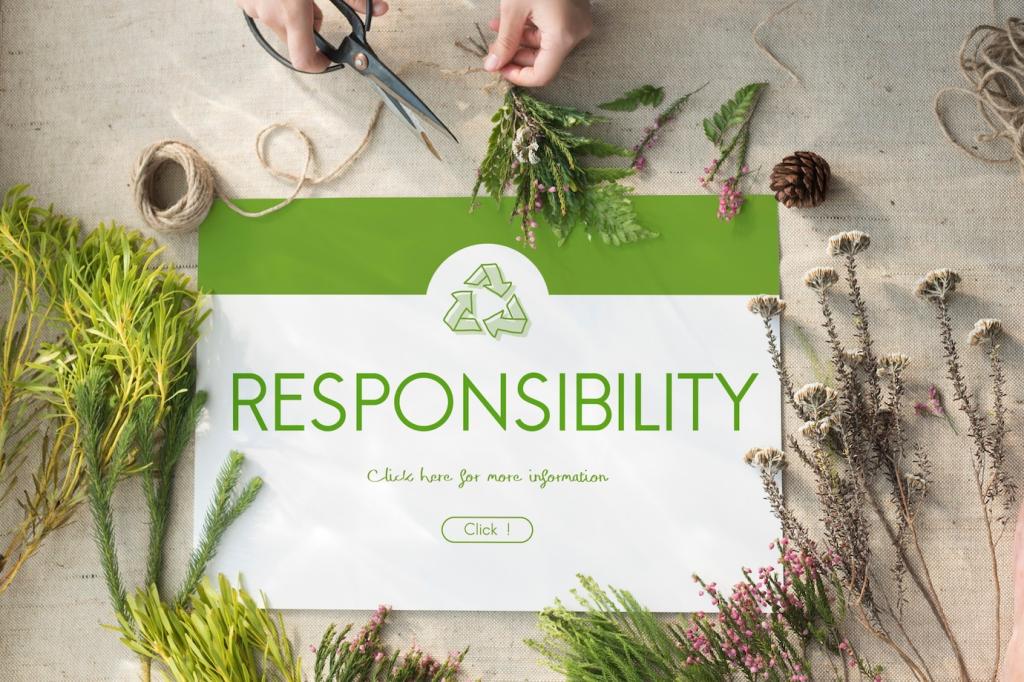
Produce with Secret Pigments: Avocado Pits and Red Cabbage
Avocado pits surprise with tender pinks; red cabbage shifts across blues and purples with pH changes. My first blush-pink napkin came from tacos night leftovers—proof that dinner can become tomorrow’s home textile color.

Foraging with Care: Leaves, Bark, and Flowers
Forage mindfully: take only what you need, learn local rules, and avoid protected species. Windfall leaves and prunings often suffice. Share your ethical foraging tips in the comments so neighbors can dye responsibly together.

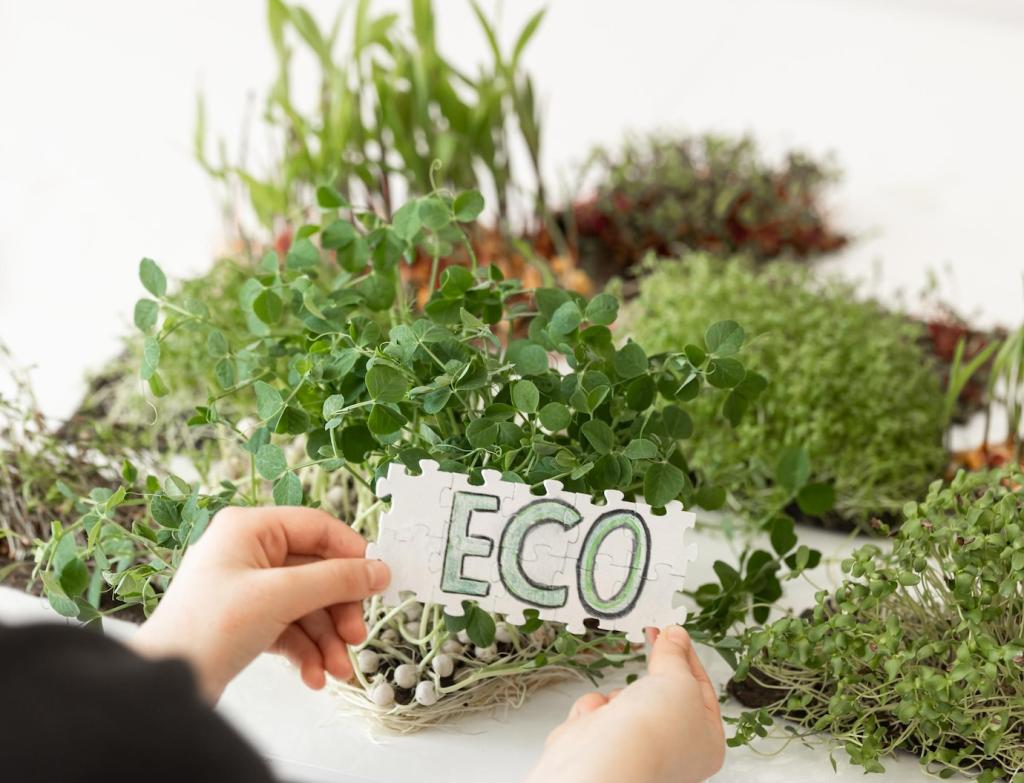
Preparing and Mordanting Home Textiles
Scour cotton and linen with a gentle, unscented detergent or soda wash to remove sizing and oils. This simple step boosts color uptake dramatically, preventing blotches and maximizing the vibrancy of everyday kitchen linens.
Preparing and Mordanting Home Textiles
Alum is a friendly starting point, yielding clear, bright shades. Iron saddens colors toward olive and slate, while tannins support cellulose fibers. Measure by weight-of-fiber, stir thoroughly, and let time work patiently.
Delicate pigments prefer lower heat or long, patient soaks. Robust dyestuffs tolerate a quiet simmer. Either way, avoid rolling boils. Respecting the plant’s character helps colors settle beautifully into your table linens.
Extraction and Dye Baths: From Simmer to Soak
Strain plant matter thoroughly for clean, even color. Measure dye-to-fiber ratios and record temperatures, times, and fiber types. Notes transform lucky accidents into repeatable methods you can share with subscribers and friends.
Extraction and Dye Baths: From Simmer to Soak
Pattern Techniques for Everyday Linens
Shibori Folds for Table Runners and Napkins
Accordion folds, triangles, and gentle clamping create crisp geometry. Onion-skin ambers glide across pleats like sunlight. Invite readers to post their favorite fold diagrams and tag their results so the community can learn together.
Bundle Dyeing with Petals on Pillowcases
Scatter marigold, coreopsis, and rose petals across pre-mordanted cotton, then roll and steam. Unfurling the bundle feels like opening a garden letter. Children adore the reveal; every pillowcase becomes a soft, fragrant surprise.
Ombre and Dip-Dye for Curtains
Lower fabric slowly and repeatedly, pausing at gentle intervals for graded transitions. The result is restful ombre that flatters windows. Share your gradient formulas in comments, and subscribe for next month’s advanced layering guide.
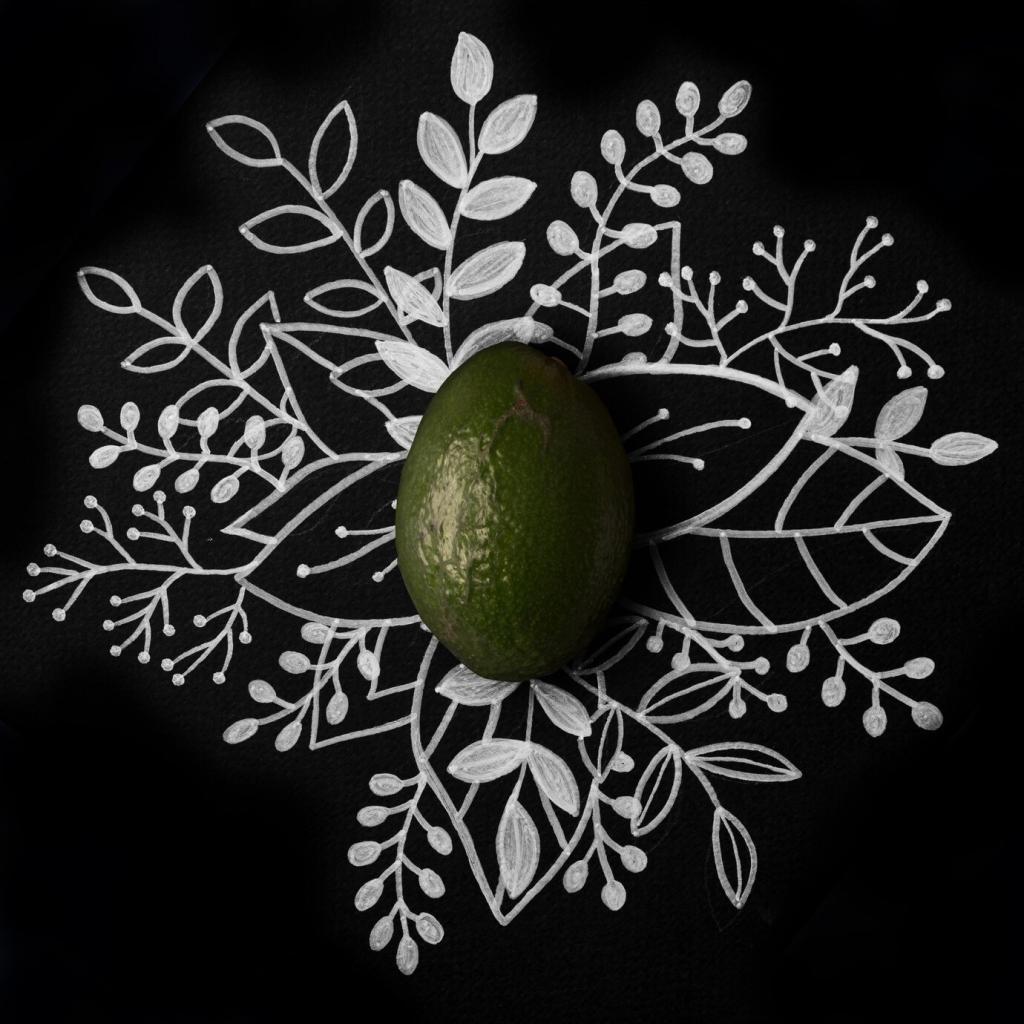
Rinse Rituals and the First Wash
Rinse cool until water runs nearly clear, then wash separately with a pH-neutral soap. Avoid wringing; press gently with a towel. That calm first wash helps set your newly dyed napkins up for graceful aging.
Sunlight, Fading, and Thoughtful Storage
Sunlight warms rooms but gently fades natural dyes. Rotate curtains seasonally, store linens away from direct rays, and accept softening as character. Subscribe for our printable care checklist and quarterly natural color maintenance tips.
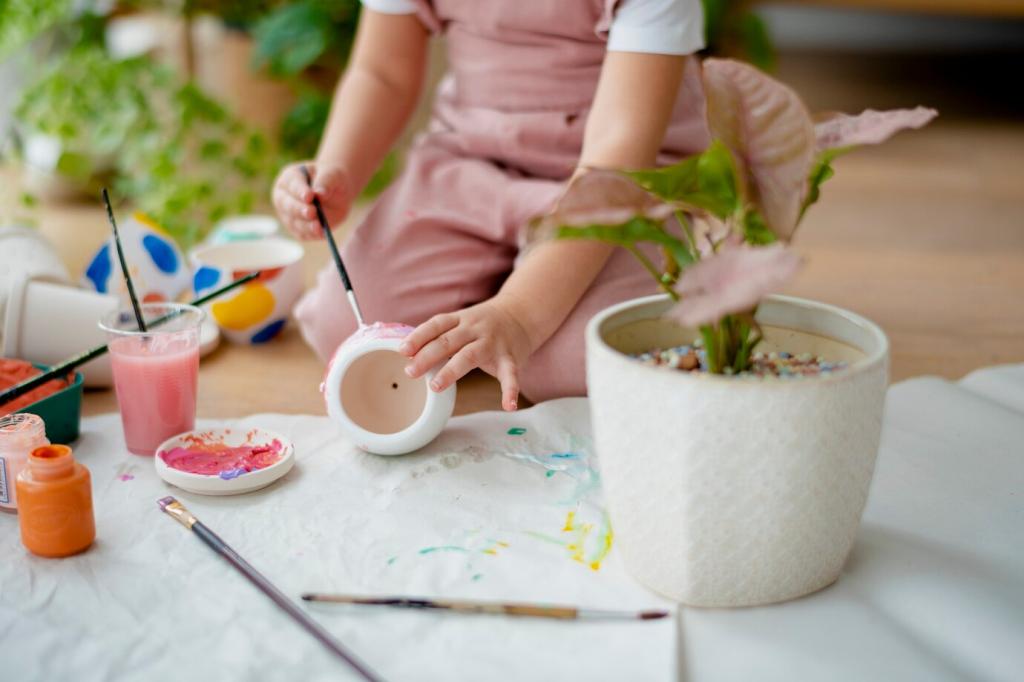
Collect onion skins from weekly cooking, simmer once or twice, then compost the spent skins. Close the loop with satisfaction. Tell us your best zero-waste habits, and we’ll feature favorites in an upcoming newsletter.

Take small amounts, prioritize invasive species where appropriate, and learn which plants are protected. Ask permission on private land. Share local regulations and plant guides, helping neighbors dye textiles without harming fragile ecosystems.
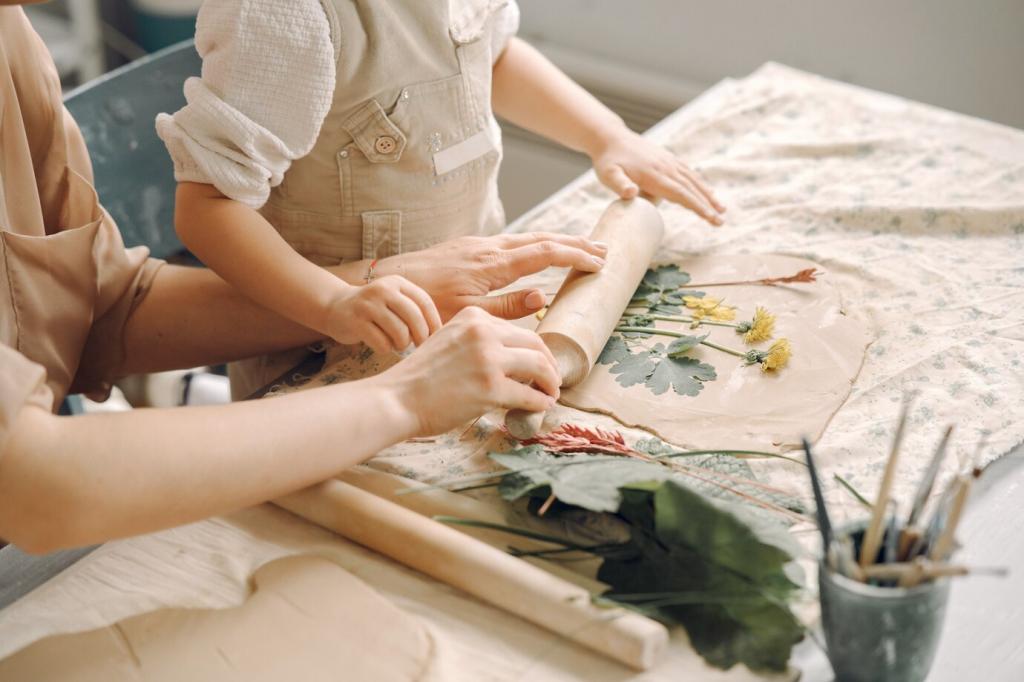
Keep a swatch book noting plant source, mordant, pH, and water quality. My grandmother’s tablecloth notes taught me restraint with iron. Start your archive, and invite relatives to add recipes, memories, and seasonal color maps.
Troubleshooting, Community, and Next Steps
01
Uneven patches often improve with another gentle dip or a creative shibori over-dye. Persistent bleeding suggests insufficient scouring or weak mordanting. Share your before-and-after photos to help others learn practical, confidence-building solutions.
02
Hard water can dull colors, while trace iron quietly deepens tones. Try distilled water for clarity when troubleshooting. Tell us your city and results; we will chart regional differences for subscribers in a collaborative map.
03
Post your dye bath ratios, fold diagrams, and laundry routines in the comments. Subscribe for seasonal plant guides, printable recipes, and live Q&A sessions. Invite a friend to try natural dyeing and compare results next weekend.
